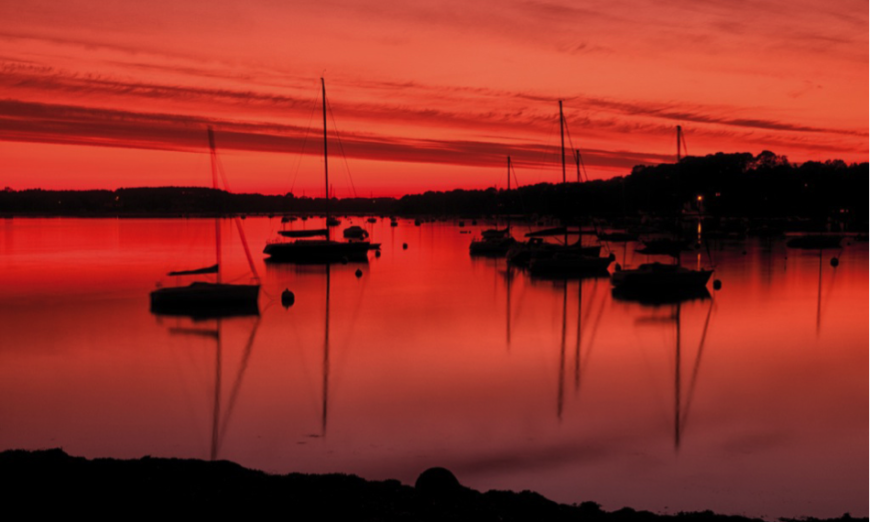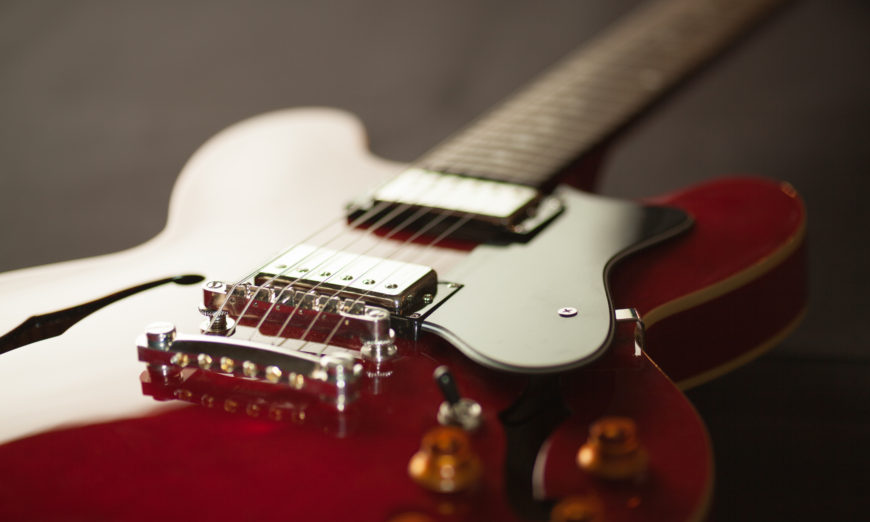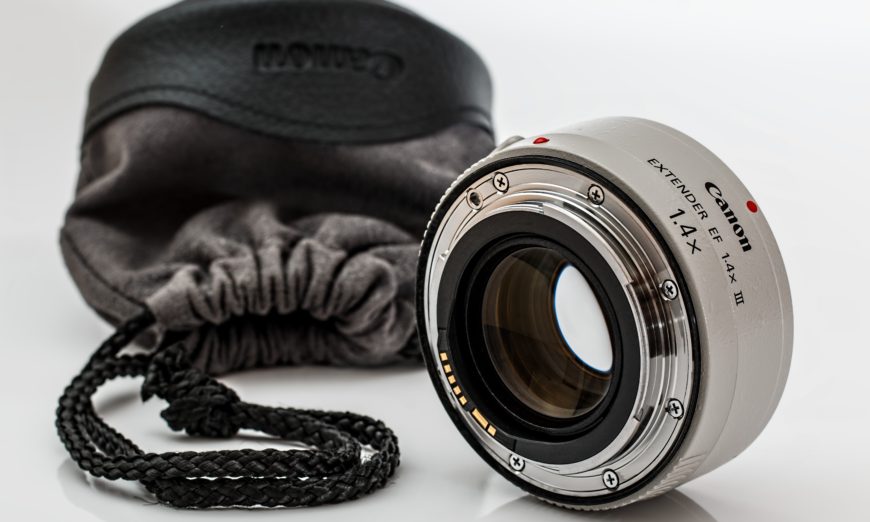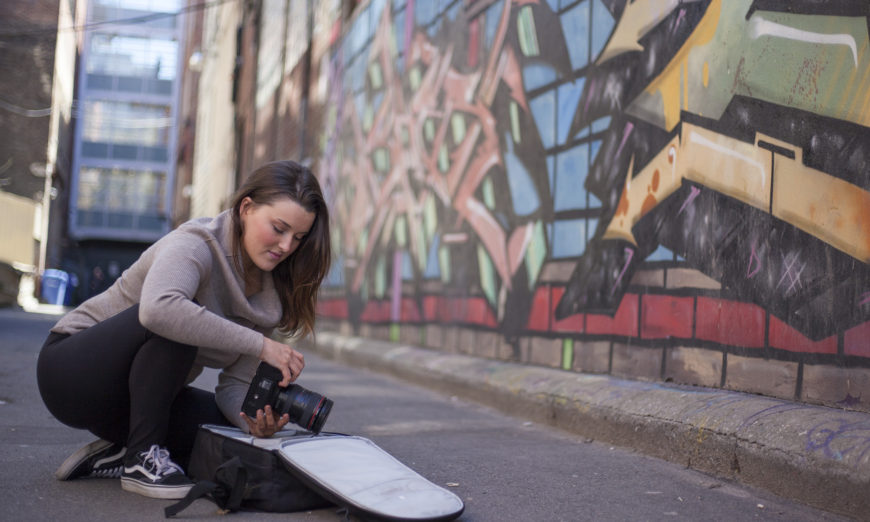For those photographers who shoot JPEGs only and are not interested in a lot of post-processing work, a creative filter system is ideal for more creativity in-camera. Cokin’s filter system, for example, is an easy-to-use, flexible option that offers a variety of creative opportunities.
Understanding Depth of Field
BY Ross Chevalier May 24, 2017 Articles, Learning, Quick Tips
Depth of field is an old term. It can be described as being the range of distances in an image where the image comes into focus to the distance where the image goes out of focus. There are three criteria for depth of field: Lens focal length, Aperture / Lens Opening, and the distance between the camera and subject. We will examine them individually, but keep in mind that their effects are cumulative.
The One Lens Challenge
BY Ross Chevalier May 17, 2017 Articles, Learning, Quick Tips
Regardless of how many lenses you have, pick one, and then pick a focal length on the lens. If the lens is a prime, like a 50mm, this is easy. If it’s a zoom, pick a focal length somewhere in the zoom range and, using a piece of tape, prevent the zoom ring from moving. You now have a single focal length. The challenge is to find ways to construct your composition, your subject placement and your framing.
What is a Teleconverter?
BY Ross Chevalier May 9, 2017 Articles, Gear
Spring is a great time of year to start thinking about teleconverters. Useful for bird, wildlife & sports photography, teleconverters are viable alternatives to spending thousands of dollars on a long lens. A teleconverter, paired with a decent zoom lens of reasonable speed, is a fine choice. This article dispels common myths about teleconverters, and explains just how useful they can be.
For an up and coming artist, the chance to meet, network and be recognized in front of a group of your peers and mentors, can be a game changer. That’s…




